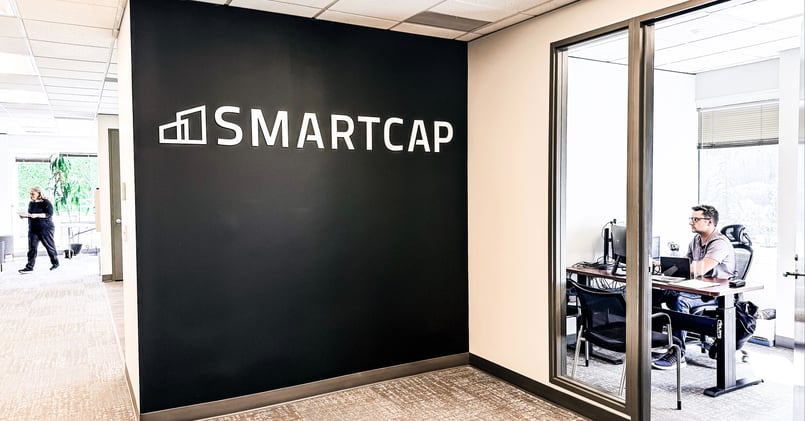
In the ever-evolving landscape of real estate investment, industrial buildings are emerging as a lucrative asset class. Commercial real estate professionals are noticing an uptick in demand, propelled by various global and local factors. To truly tap into the potential of this market, understanding the current trends and assessing demand becomes imperative.
1. The E-Commerce Boom
One of the most significant factors driving demand for industrial buildings is the meteoric rise of e-commerce. As online shopping becomes a staple in our daily lives, companies are investing in warehousing and distribution centers to keep up with consumer demands. The need for strategically located, large-scale facilities equipped to handle fast-paced, high-volume operations is greater than ever.
2. Global Supply Chain Realignment
Recent disruptions in global supply chains, from pandemics to trade wars, have prompted businesses to reconsider their operational structures. Companies are increasingly focusing on ensuring resilience by diversifying supply sources and shortening supply chains. This leads to a heightened demand for regional and local distribution centers, translating into a robust demand for industrial buildings.
3. Evolving Building Specifications
The type of industrial buildings in demand is also shifting. The modern warehouse is no longer just a storage facility but an advanced hub of technology and automation. Features like higher ceilings for vertical storage, advanced docking facilities for seamless transportation, and energy-efficient solutions are becoming the new norm. For investors, staying updated on these evolving specifications can help identify buildings that will be in high demand in the future.
4. Urbanization and Last-Mile Delivery
The trend of urbanization is not slowing down, and as cities expand, the need for last-mile delivery facilities intensifies. These are typically smaller distribution centers located close to urban areas, enabling companies to provide rapid deliveries. Investors need to eye properties in strategic locations, especially near growing urban centers, to capitalize on this trend.
5. Data Centers: The New Industrial Revolution
In today's digital age, data centers are the backbone of the internet. As the world becomes more connected, the importance of reliable and expansive data storage facilities has surged. These specialized industrial buildings are pivotal for tech companies, and their demand is forecasted to grow exponentially in the coming years.
6. Environmentally Sustainable Facilities
Sustainability isn't just a buzzword anymore; it's a business necessity. Companies are under increased pressure from consumers and regulators alike to ensure their operations have a minimal environmental footprint. This trend is pushing the demand for green, energy-efficient industrial buildings. Investors should keep an eye on properties that prioritize sustainability as they're likely to see higher demand and potentially better returns.
7. Market Data Analysis
To accurately assess demand, investors should consistently monitor key market indicators. These include vacancy rates, rental yields, absorption rates, and new construction activities in the industrial sector. By staying informed, investors can anticipate shifts in demand and make informed decisions.
8. Macro-Economic Indicators
Factors such as GDP growth, manufacturing output, and international trade volumes can also offer insights into the demand for industrial buildings. For instance, an uptick in manufacturing output could signal a subsequent increase in demand for warehousing and distribution facilities.
The landscape for industrial buildings is changing rapidly, propelled by both global shifts and advancements in technology. As a commercial real estate investor, staying updated on these trends and meticulously assessing market demand can position you at the forefront of this lucrative market. Whether you're an established player or just venturing into the realm of industrial real estate, a keen understanding of market dynamics is the key to unlocking significant returns.
TAGS: Musings
